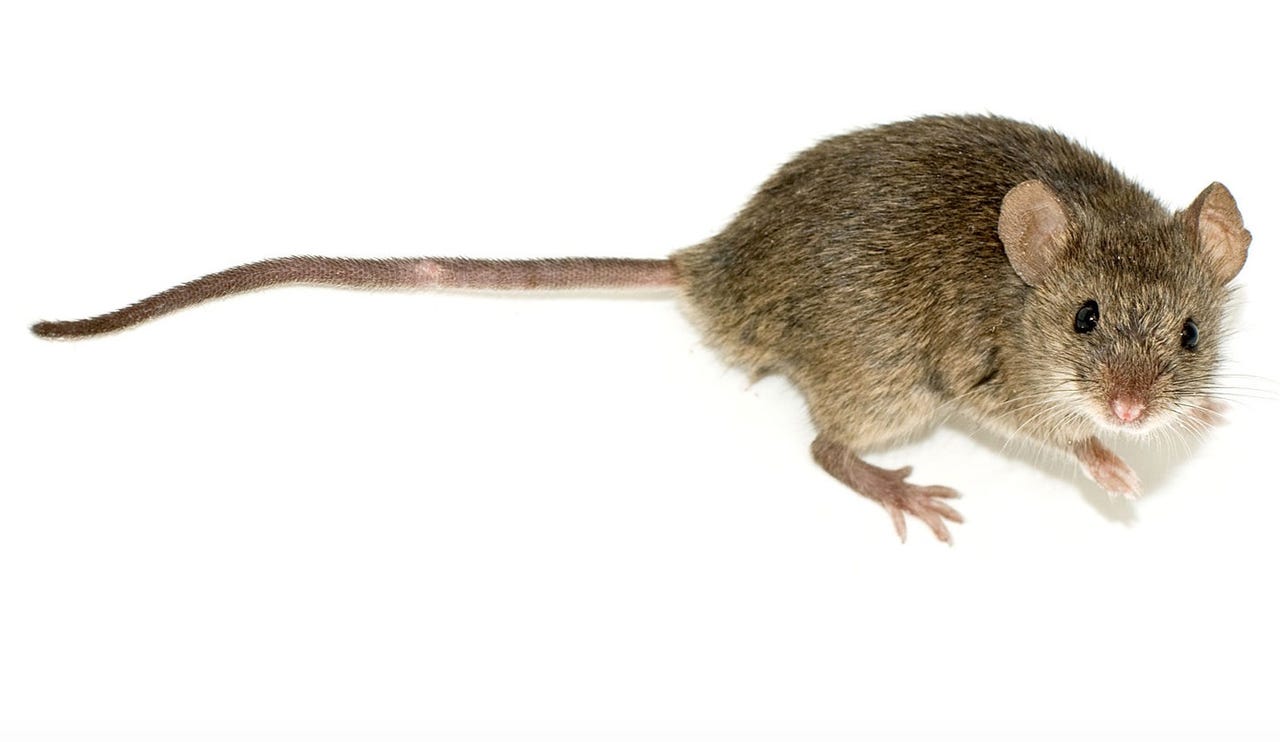Tiny robot vehicles travel to your stomach to drive away infection


The future of drug delivery may be placed in the hands of autonomous vehicles no wider than the width of a human hair.
As reported by New Scientist, micromotors -- tiny, autonomous vehicles -- have been used in trials with mice to deliver drugs to clear bacterial infections in the stomach.
The research, conducted at the University of California San Diego by nanoengineer and professor Joseph Wang together with professor Liangfang Zhang from the Department of Nanoengineering at the Moores Cancer Center, utilized tiny robots consisting of a magnesium core which reacts with gastric acid once swallowed.
When this reaction occurs, usually after a maximum of 20 minutes, the vehicles release a stream of hydrogen bubbles which propel the micromotor forwards to where it needs to go to deliver drugs effectively.
Published in the journal Nature Communications, the engineers say that once the hydrogen is produced, the level of acidity in the stomach diminishes, and at this point, the antibiotics are released.
The team designed the autonomous robots to release the drugs at this stage due to the possibility of high stomach acid levels reducing the effectiveness of the medicine.
The trial used Helicobacter pylori bacteria and clarithromycin as a model antibiotic. Over a period of five days, the robots were used to administer drugs, resulting in a noticeable reduction in the levels of bacteria in the stomach, without any side-effects which impacted stomach function.
According to the team, after 24 hours, normal stomach PH level was restored.
The robots are also biodegradable, and so there is no need for extraction or removal after they have completed their tasks.
"The propulsion of the drug-loaded Mg-based micromotors in gastric fluid along with their outer chitosan layer are shown to greatly enhance the binding and retention of the drug-loaded motors on the stomach wall," the engineers say. "As these micromotors are propelled in the gastric fluid, their Mg cores are dissolved, leading to self-destruction of these motors without harmful residues."
The duo believes that the results of the mice trial are promising for the future treatment of bacterial infections and disease. It is also possible that with the development of biocompatible fuels or fuel-free propellants, the autonomous robots could also be controlled to move around different parts of the body and treat other conditions.
"There is still a long way to go, but we are on a fantastic voyage," Wang said.
Related coverage
- How tiny 'natural nanobots' attack cancerous cells
- Miniature robots capture individual cells
- Study finds that robots are just as effective as human surgeons